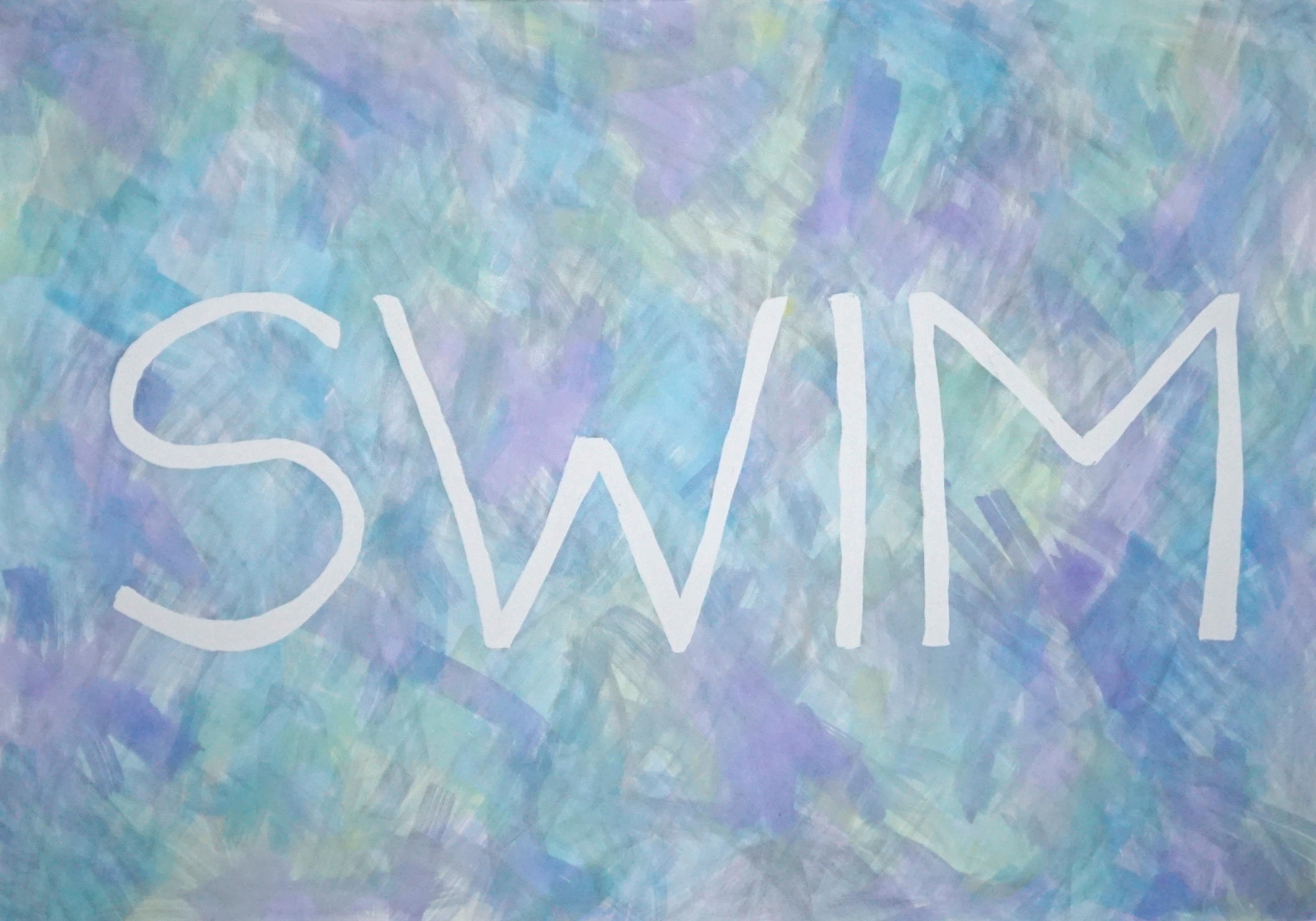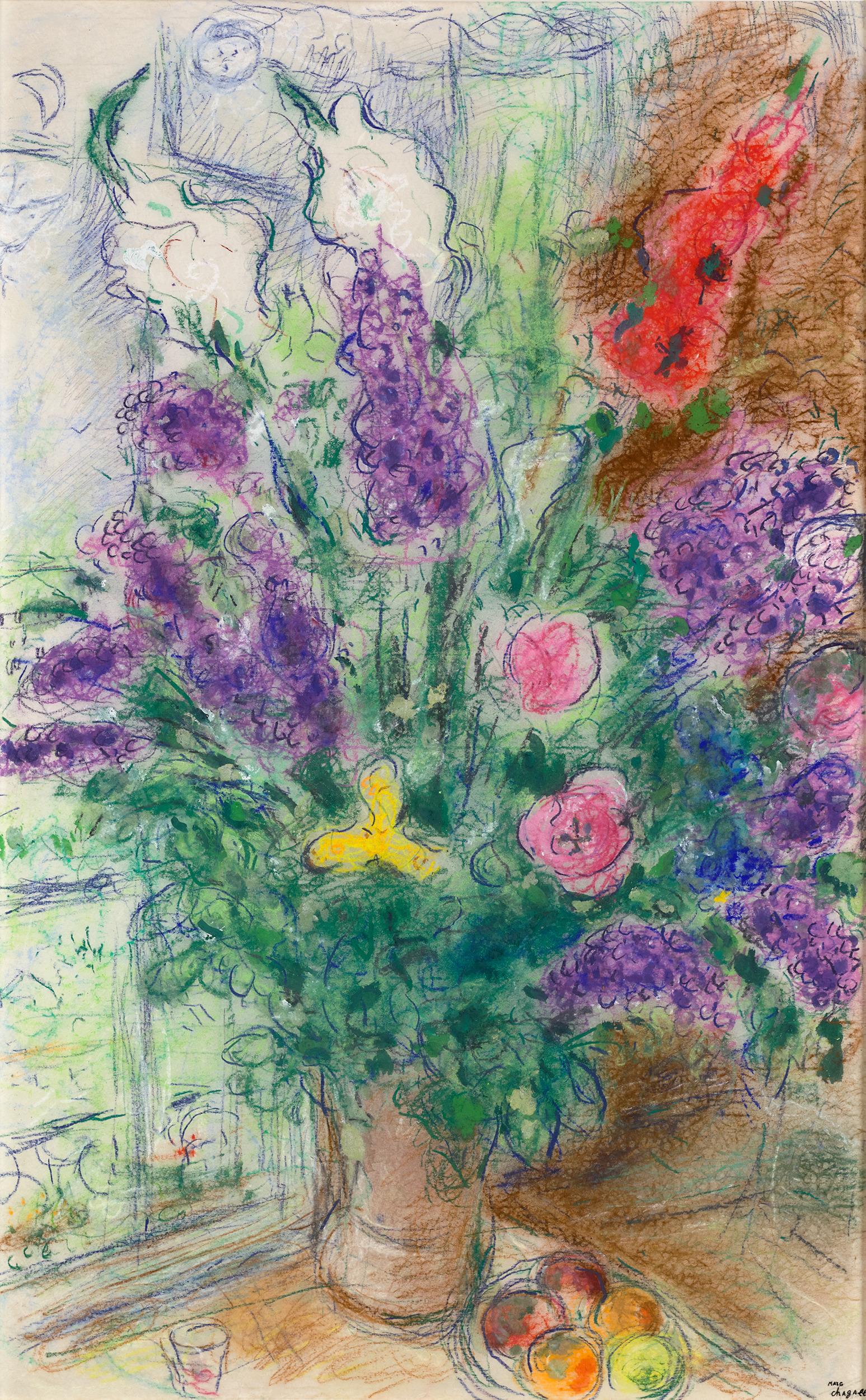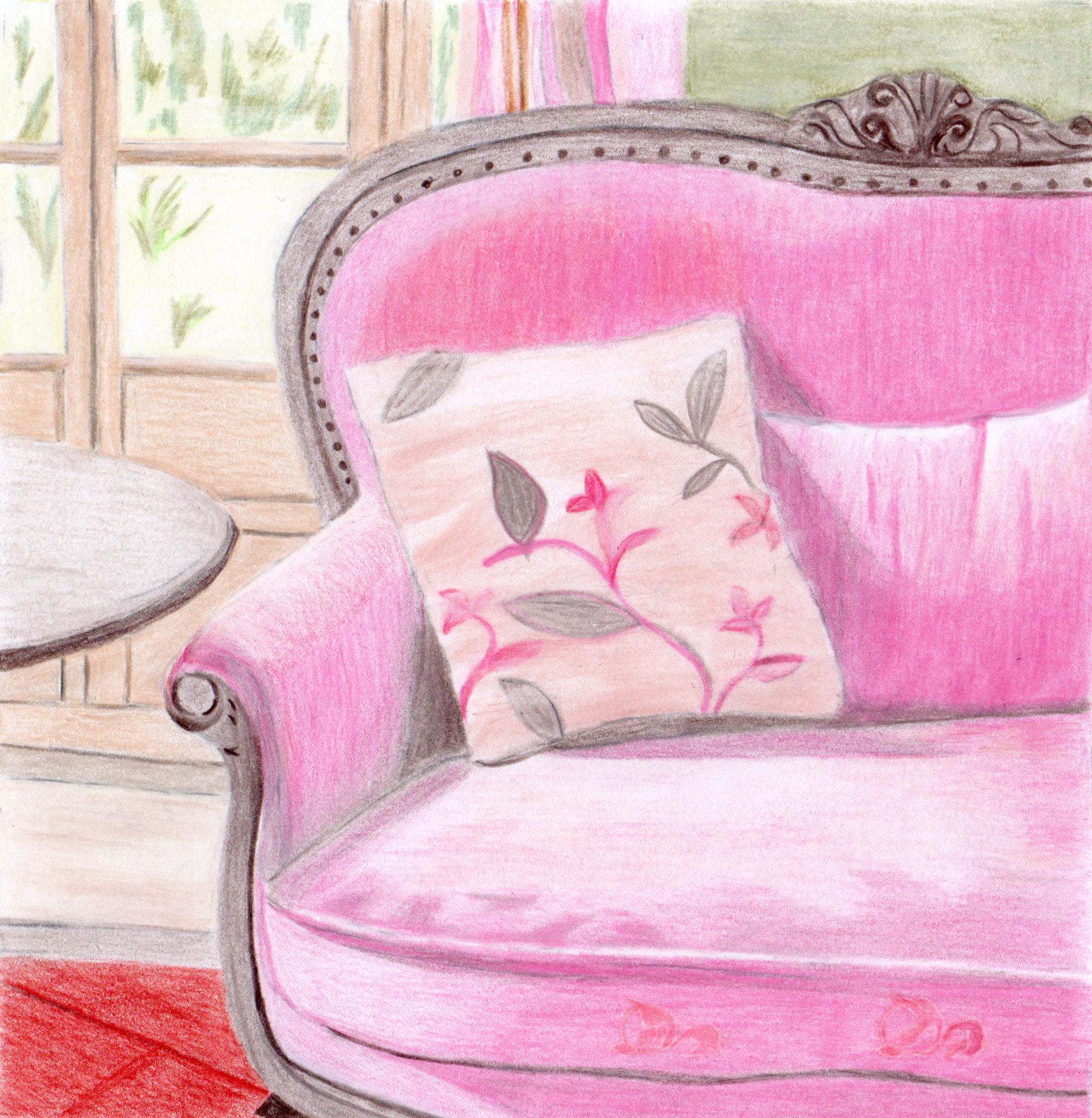Suren NersisyanCoconut Palm Trees (Composition 1), Original Painting2020
2020
About the Item
Artist Comments
Part of artist Suren Nersisyan's Palm Tree series. He says he is drawn to their elegant shape and fresh tropical vibe. In this painting, Suren paid special attention to the bright sunlight radiating across the fronds, giving the study great depth and dimension.
About the Artist
Suren is an impressionist painter eloquently capturing nature, landscapes, and cityscapes in paint. His body of work reflects several different stylistic approaches. Suren’s scenes in oil are inspired by Impressionist masters Monet and Van Gogh, while his watercolor series of flowers and birds are influenced by Eastern styles of painting and the colors of the Middle Eastern environment. Suren believes his role as an artist is to remind viewers that we all are part of the same natural universe.
Words that describe this painting: tropical, island, foliage, palm trees, coconut palms, leaves, Hawaii, flora, representational, watercolor painting, green
Coconut Palm Trees (Composition 1)
Suren Nersisyan
Watercolor painting on paper
Ready to frame
One-of-a-kind
Signed on front and back
2020
18 in. h x 24 in. w
1 lbs. 0 oz.
- Creator:
- Creation Year:2020
- Dimensions:Height: 18 in (45.72 cm)Width: 24 in (60.96 cm)Depth: 0.1 in (2.54 mm)
- Medium:
- Period:
- Condition:Coconut Palm Trees (Composition 1). Suren Nersisyan. Watercolor painting on paper. Ready to frame. One-of-a-kind. Signed on front and back.
- Gallery Location:San Francisco, CA
- Reference Number:
- ShippingRetrieving quote...Ships From: Medford, MA
- Return PolicyA return for this item may be initiated within 7 days of delivery.
- Apple Cider, Original PaintingBy Dwight SmithLocated in San Francisco, CA
Artist Comments
Artist Dwight Smith depicts a realistic culinary-themed still life. "The bottle opener was of my dad and mom's from so long ago I don't remember when," shares Dwight. He paints a bright red apple on its side adjacent to it. A focused light source highlights the foreground, while strong contrasts of dark shadows in the background frame the elements.About the Artist
Dwight Smith depicts commonplace objects with a sense of playfulness and humor. His watercolor still life paintings appear conventional in their soft colors and composed compositions, but upon further observation the juxtaposition of unrelated items make for delightfully surprising combinations and comparisons. This transformation of the everyday, and strong graphic style, lend the work a pop feel. However, pop art is generally cool and ironic. Instead, there is a familiar and comforting sense of kitsch and Americana in Dwight’s subjects. In a similar fashion to the work of American artist Wayne Thiebaud, Dwight paints food and sweets of the American appetite. Doughnuts, hotdogs, and lollipops are captured in all of their potent delight. He plays with scale and composition to bring out a sense of the absurd, but ultimately his goal is to make the viewer smile.Words that describe this painting: watercolor, realism, still life, culinary, apple, apple cider...
Category21st Century and Contemporary American Realist Still-life Drawings and W...
MaterialsWatercolor
- Red to Green, Original PaintingBy Dwight SmithLocated in San Francisco, CA
Artist Comments
Artist Dwight Smith paints a realistic still life of a collection of red and green items. Apples, chillis, beans, buttons, and a spoo...Category21st Century and Contemporary American Realist Still-life Drawings and W...
MaterialsWatercolor
- Garden Bouquet, Original PaintingBy Catherine McCargarLocated in San Francisco, CA
Artist Comments
Artist Catherine McCargar presents a bright and lively impressionist rendering of flowers and leaves. They bloom profusely in a garden, celebrating abundance and color. The flowers, dahlias, roses, and pansies, growing so closely together, resemble a bouquet. "I am equally interested in gardening pursuits as I am in creating paintings," shares Catherine.About the Artist
Impressionist Catherine McCargar expresses her deep admiration of nature through landscape paintings of Northern California. While she is well-versed in a range of media, her preferred medium for painting is watercolor. The fluidity of the paint allows her to capture the muted undertones and the fleeting light found in the natural world. While the backgrounds of her paintings are impressionistic, the foregrounds of her paintings are often highly detailed, showcasing her technical mastery over her medium.Words that describe this painting: flora, nature, garden, roses, spring, summer, season, flora, flowers, dahlia, pansy, pansies, botanical, watercolor, paper, impressionism, impressionism, flora, watercolor painting, green
Category21st Century and Contemporary Impressionist More Art
MaterialsWatercolor
- Orchard Blues, Original PaintingBy Dwight SmithLocated in San Francisco, CA
Artist Comments
Artist Dwight Smith presents a still life of plump red pears painted in the realist tradition. The three fruits rest in white bowls with a little yellow bird ta...Category21st Century and Contemporary Realist Still-life Drawings and Watercolors
MaterialsWatercolor
- Buddleia Blooms, Original PaintingBy Catherine McCargarLocated in San Francisco, CA
Artist Comments
Artist Catherine McCargar paints vibrant purple flowers cut fresh from her lawn. "This summer, after plentiful winter rains, the buddleia or butterfly bushes in my garden are full of lush blooms," shares Catherine. She gathers a bunch and paints them in an impressionist style, letting the watercolors flow together. Catherine makes a delicate and painterly portrait of the blossoming stems.About the Artist
Impressionist Catherine McCargar expresses her deep admiration of nature through landscape paintings of Northern California...Category21st Century and Contemporary Impressionist More Art
MaterialsWatercolor
- Poppies Aflutter, Original PaintingBy Catherine McCargarLocated in San Francisco, CA
Artist Comments
Artist Catherine McCargar illustrates alluring red flowers in a background of white. She captures the delicacy and transparency of gorgeous poppies she noticed in a local public garden. She creates a somewhat stylized arrangement of blooming stems. "It is punctuated by the addition of the buds as they dangle before bursting forth the seed capsules that remain after the petals drop," says Catherine.About the Artist
Impressionist Catherine McCargar expresses her deep admiration of nature through landscape paintings of Northern California...Category21st Century and Contemporary Impressionist More Art
MaterialsWatercolor
- Garden FlowersBy Charles DemuthLocated in New York, NYCharles Demuth was one of the most complex, talented, and deeply sensitive artists of the American modern period. Whether he was painting floral still lifes, industrial landscapes, or Turkish bathhouses, art was, for Demuth, fraught with personal meaning. A fixture of the vanguard art scene in New York, Demuth navigated the currents of Modernism, producing some of the most exquisite watercolors and original oil paintings in twentieth-century American art. Demuth was born in Lancaster, Pennsylvania, the only child of a well-to-do family. He had an awkward and introverted childhood shaped by a childhood illness, Perthes, a disease of the hip that not only left him permanently lame, but, as part of the “cure,” bedridden for two years in the care of his mother. This long period of incapacitation had a deep impact on Demuth, who came to see himself as an invalid, an outsider who was different from everyone else. It was perhaps during this period of indoor confinement that his keen interest in art developed. Several relatives on his father’s side had been amateur artists, and, following his convalescence, his mother encouraged his artistic pursuits by sending him to a local painter for instruction. The majority of his early pictures are of flowers, a subject for which Demuth maintained a lifelong passion. Following high school, Demuth enrolled at the Drexel Institute of Art in Philadelphia, a school renowned for its commercial arts program. He advanced through the program rapidly, and, in 1905, at the encouragement of his instructors, he began taking courses at the Pennsylvania Academy of the Fine Arts. The two leading teachers then at the Academy were William Merritt Chase and Thomas Anshutz. Anshutz, himself a former student of Thomas Eakins, was well liked by his students, and is best known as the teacher of Robert Henri, John Sloan, and several of the other artists of the Ashcan School. Demuth, too, adopted a similar idiom, working in a controlled, realistic manner while at the Academy, where he remained until 1910. In 1907, Demuth made his first trip to Europe, staying in Paris. He spent time on the periphery of the art scene composed of the numerous American artists there, including John Marin and Edward Steichen. He returned to Philadelphia five months later, and immediately resumed courses at the Academy. Despite his introduction to advanced modern styles in Europe, Demuth’s work of this period retains the academic style he practiced before the trip. It wasn’t until he had summered at New Hope, Pennsylvania, in 1908 and 1911, that his style began to evolve. New Hope was a prominent American Impressionist art colony whose members were largely affiliated with the Pennsylvania Academy. Demuth dropped the conservative tone of his style and adopted a freer and more colorful palette. Although he remained based in Philadelphia, Demuth frequently went to New York during this period. Many of the same American artists of the Parisian art scene Demuth had encountered on his earlier European trip now formed the nucleus of New York’s avant-garde, which centered around Alfred Stieglitz’s 291 gallery. It wasn’t long before Demuth began to apply modernist-inspired strategies to his work. He was particularly influenced by the watercolor work of John Marin, also a former student of Anshutz, whose bold use of color in the medium Demuth freely adapted into looser washes of color. In 1912, Demuth again left for Paris, this time studying in the Académie Moderne, Académie Colorossi, and Académie Julian. In Paris Demuth met the American modernist Marsden Hartley. Hartley, a principal figure in the expatriate art circle, acted as a mentor to Demuth, and introduced him to the wide array of modern styles currently practiced in Europe. Hartley also introduced Demuth to many of the members of the Parisian avant-garde, including Gertrude Stein. Demuth was an aspiring writer, and he spent many hours in conversation with Stein. He wrote extensively during this period, and published two works shortly after his return to America. He also developed an interest in illustrating scenes from literary texts. From 1914 to 1919, Demuth produced a series of watercolors of scenes from books such as Emile Zola’s Nana and Henry James’s The Turn of the Screw. Upon his return to America, Demuth settled in New York. In 1914, Demuth had his first one-man show at Charles Daniel’s gallery, which promoted emerging modern American artists, including Man Ray, Rockwell Kent, Yasuo Kuniyoshi, Stuart Davis, and Max Weber. Demuth drew closer to the artistic vanguard in New York, becoming friends with many in the Stieglitz and Daniel circles, including Georgia O’Keeffe, Marcel Duchamp, Carl Van Vechten, and Edward Fiske. New York’s cosmopolitan atmosphere and active nightlife appealed greatly to Demuth. In a sketchy style well suited to watercolor, he painted many vaudeville and circus themes, as well as nightclub, café, and bathhouse scenes. Often with Duchamp, Demuth took part in an urban subculture replete with nightclubs, bars, drugs, and sexual permissiveness, which, for a homosexual artist like himself, allowed room for previously unattainable personal expression. Demuth’s pictures of sailors, bathhouses, and circus performers embody a sensual and sexual undercurrent, expressing the artist’s sense of comfort and belonging in the bohemian subculture of New York. Simultaneously, Demuth deepened his interest in floral pictures, painting these almost exclusively in watercolor. His style evolved from the broad color washes of his earlier pictures to more spare, flattened, and sinuous compositions, inspired by the drawings of Aubrey Beardsley and other artists of the Aesthetic Movement. Demuth’s flower watercolors are moody and atmospheric, sensuous and elegant, introspective and yet full of expressive power. Moreover they are beautiful, and are unequivocally among the finest still lifes in American art. Despite numerous subsequent artistic undertakings that led him in a variety of directions, Demuth never stopped painting flower pictures, ultimately adding fruits and other still-life objects to his repertoire. In 1916, Demuth began to develop a style later known as Precisionism, a form of landscape painting infused with Cubism, in which space is divided into precisely drawn geometric regions of color. Demuth first began to paint the landscape in an appropriated Cubist mode while on a trip with Hartley to Bermuda. In these early landscapes, in which the curvilinear forms of trees intersect the geometrically articulated architectural forms, Demuth explored ideas that shaped the future development of modernism in America. The full realization of Demuth’s explorations came after his return to America in 1917, when he turned his attention to industrial subjects. These works derive from a “machine aesthetic,” espoused by New York artists such as Francis Picabia, Joseph Stella, Albert Gleizes, and Duchamp, by which artists viewed machines as embodying mystical, almost religious significance as symbols of the modern world. Rather than painting the skyscrapers and bridges of New York as did most of his like-minded contemporaries, Demuth returned to his home town of Lancaster, where he painted factories and warehouses in a Precisionist idiom. The titles for these pictures are often contain literary references, which serve as clues for the viewer to aid in the decoding of the artist’s meaning. In 1923, Demuth planned a series of abstract “poster portraits” of his friends and contemporaries in the New York art and literary scene. In these “portraits,” Demuth combined text and symbolic elements to evoke the essential nature of his sitters’ distinguishing characteristics. In this fashion, he painted portraits of such artists as Georgia O’Keeffe, John Marin, and Arthur Dove. His most famous poster portrait, I Saw the Figure 5 in Gold...Category
20th Century American Modern Still-life Drawings and Watercolors
MaterialsPaper, Watercolor
- Mantel ClockLocated in Houston, TXFrench watercolor and pencil of ornate clock, circa 1930. Original artwork on paper displayed on a white mat with a gold border. Archival plastic sleev...Category
1930s Still-life Drawings and Watercolors
MaterialsPencil, Watercolor
- Swim, Summer Fresh Painting on Paper, Word Art Pastel Tones Typography in PurpleBy Ryan RivadeneyraLocated in Barcelona, ES"Swim is a hand-painted acrylic painting on high-quality 300g paper by artist Ryan Rivadeneyra. The hand-drawn render is reminiscent and inspired by the word art that Ed Ruscha produ...Category
2010s Pop Art Still-life Drawings and Watercolors
MaterialsInk, Archival Ink, Sumi Ink, Watercolor, Archival Paper, Acrylic
- Watercolor on Paper Painting, by Charles Burchfield, 1919Located in New York, NYCharles Burchfield 1893-1967 Trilliums and Rock Ledge, 1919 Gouache and watercolor on paper Provenance: The artist until at least 1963 Private collection, New York Private Collectio...Category
1910s Landscape Drawings and Watercolors
MaterialsWatercolor, Gouache
- Grand Bouquet Et Fruits Devant La Fenêtre À Paris By Marc ChagallBy Marc ChagallLocated in New Orleans, LAMarc Chagall 1887-1985 Russian Grand bouquet et fruits devant la fenêtre à Paris (Large bouquet and fruits in front of the window in Paris) Stamped with signature “Marc Chagall" (...Category
20th Century Post-Impressionist Still-life Drawings and Watercolors
MaterialsPaper, Pastel, Gouache
- Intérieur Provence, Realistic Figurative original Drawing, Colorful, InteriorLocated in AIX-EN-PROVENCE, FRColoured Pencils and pastel on Hahnemühle paper - Realistic Figurative original Drawing, Colorful, Interior. Work Title : Intérieur Provence Artist : Gabriel Riesnert...Category
21st Century and Contemporary Contemporary Interior Drawings and Waterco...
MaterialsWatercolor, Archival Paper, Color Pencil, Pastel




